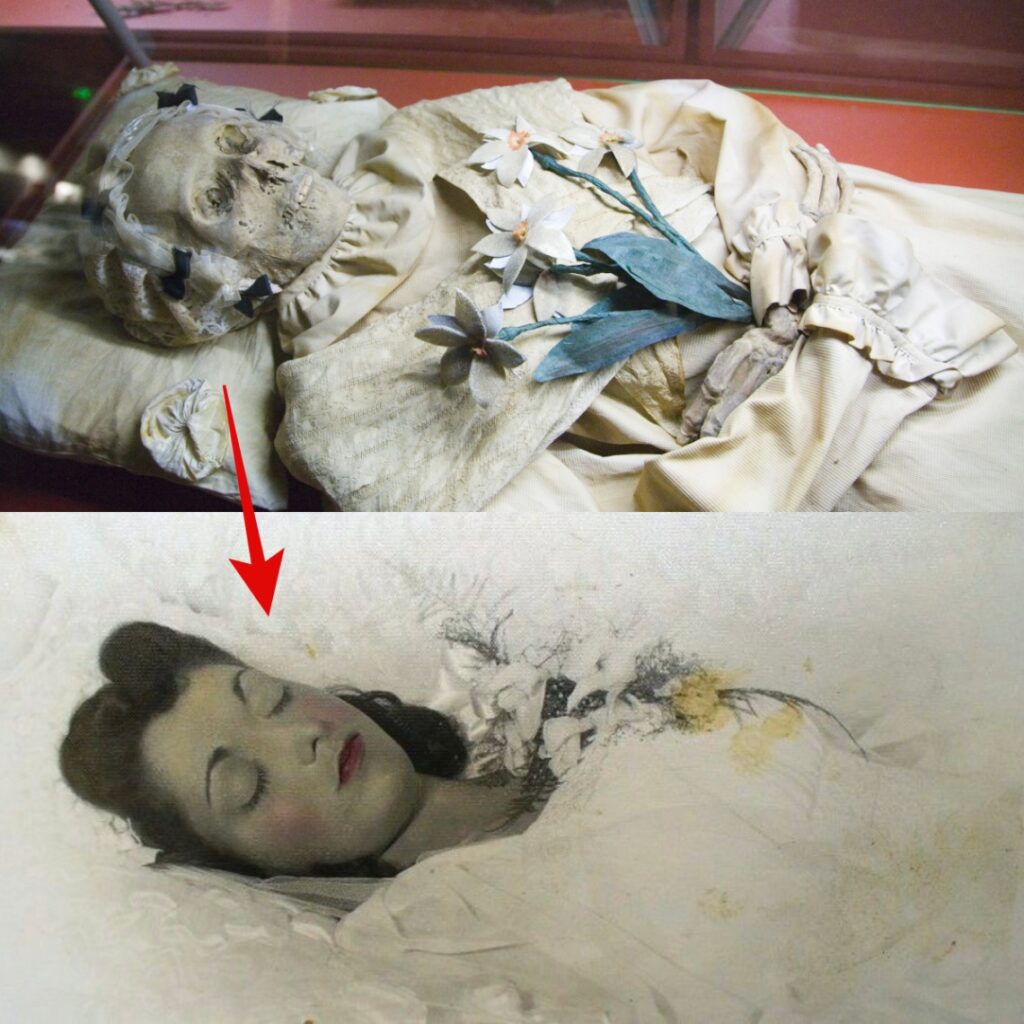In 2015, a groundbreaking discovery from boxes containing bones inside a church in the city of Vác, Hungary, brought a significant breakthrough in scientific research. These bones, over 200 years old, were remarkably well-preserved.
Unexpected Discovery at the Dominican Church
The 1994 Discovery
In 1994, a team of researchers explored an old Dominican church in Vác, Hungary. They discovered 265 extremely well-preserved skeletal remains in mysterious boxes. What made these remains unique was that they were not just bones but mummies.
Tuberculosis – An 18th Century Mystery
Among the mummies, many were affected by a disease that was quite mysterious at the time – tuberculosis. Tuberculosis, caused by the bacterium Mycobacterium tuberculosis, primarily affects the lungs, causing prolonged coughing, phlegm, and fever.

Groundbreaking Scientific Research
The bacterium causing tuberculosis was only discovered by researcher Robert Koch in 1882. However, in the 18th century, the cause of this disease was still unknown, leading to a third of those infected dying without knowing the reason.
By analyzing the DNA of the mummies, scientists found that 90% of the mummies were affected by tuberculosis. The excellent preservation of these mummies allowed scientists to better understand the evolution of the disease over the centuries.

One notable discovery was a family entirely affected by tuberculosis – the Hausmann family. Among the mummies were the remains of the eldest sister, Terézia Hausmann, who died at the age of 28 on December 27, 1797; her mother, whose name is unknown; and her younger sister, Barbara Hausmann.
This discovery provides a fresh perspective for modern medical research. As anthropologist Ildikó Szikossy from the Natural History Museum of Hungary noted, it opens up new avenues of medical research that can be applied in modern medicine.
Contribution to Modern Medical Research
The research also showed that tuberculosis strains had existed and circulated in Europe for over two centuries. Analyzing the DNA of the mummies helped scientists track the evolution and spread of the bacteria.
This discovery was published in the scientific journal Nature Communications. Mark Pallen, a professor of Microbial Genomics at Warwick Medical School in the UK, commented that this research could help track the evolution and spread of microbes.
